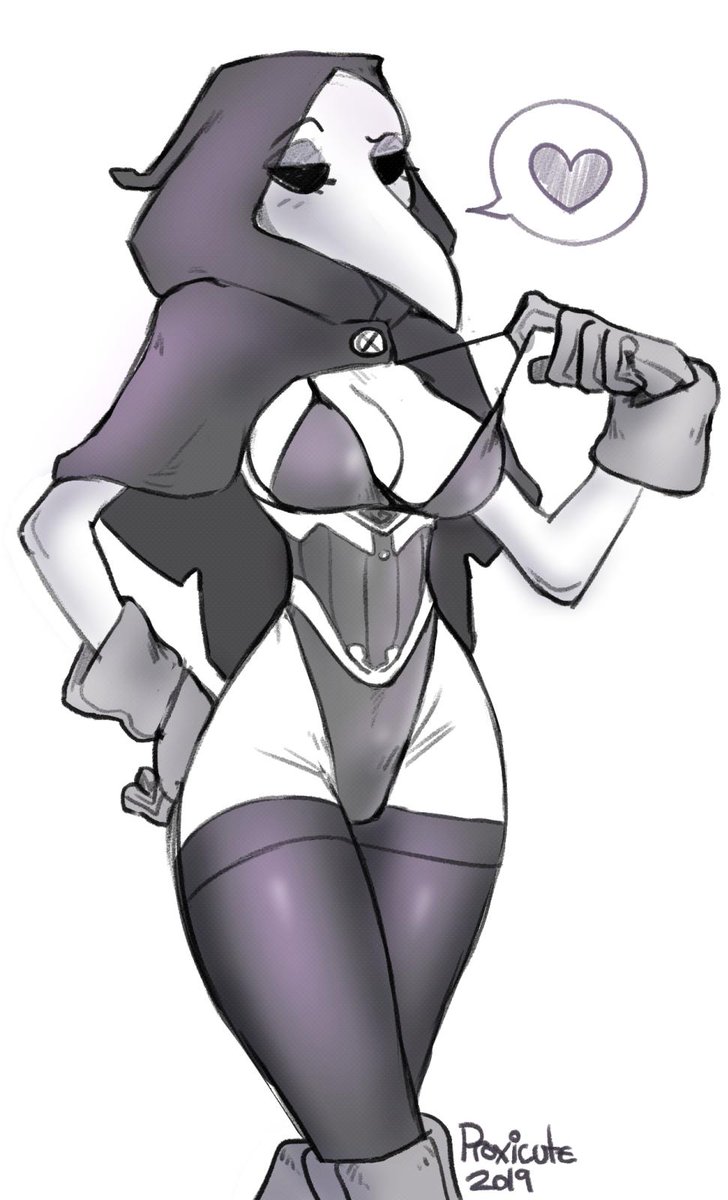
Under the coat we wear boots made in Moroccan leather from the front of the breeches in smooth skins that are attached to said boots, and a short-sleeved blouse in smooth skin, the bottom of which is tucked into the breeches. “The nose half a foot long, shaped like a beak, filled with perfume with only two holes, one on each side near the nostrils, but that can suffice to breathe and carry along with the air one breathes the impression of the enclosed further along in the beak.

He described the outfit in the following way: Beliefs in miasma, that disease was spread by noxious-smelling air released by decaying matter or the foul expulsions from dying humans and animals, meant that a prophylactic and protective outfit to separate the doctors and their patients was a logical step.įrenchman Charles de l’Orme (1584-1678), court physician of Louis XIII, is credited with inventing the Plague Doctor’s iconic costume in the early 17 th century in response to the myriad plague epidemics striking Europe. Physician Giovan Agostino Contardo of Genoa wrote of plague in 1576, “prevention is much more noble and necessary than therapy” (Contardo 5). Miasma’s advice via TikTok became endemic in Europe after the shattering Black Death pandemic of 1347-51, leaving subsequent generations to face the invisible foe intermittently.
#INGRID THE PLAGUE DOCTOR SERIES#
Figure 1: (A) Spring 2020 Fashion Meme referencing Plague Doctor aesthetic (B) Photo series from on Instagram (Madeleine Mant) (C) Dr. The organic appearance of these media demonstrates the Plague Doctor’s powerful juxtapositions: the image is historical yet current, sinister yet welcome, celebrating life yet embodying death. Using props gathered for teaching undergraduate anthropology courses on infectious disease, and being an extrovert trapped in social distancing mode, I myself started a daily photo series featuring a Plague Doctor encouraging creative pursuits and self-care while self-isolating. Miasma reminded a rapt online audience to wash their hands. Folks in beaked masks wandered onto live on-location newscasts. Memes predicting Spring 2020 fashion replete with black capes, canes, and beaked masks flooded social media in March 2020, as the rapidly increasing number of COVID-19 cases made global headlines (Figure 1). Steeped in our current context, the stage was set for the Plague Doctor, that iconic masked medical icon, to make a comeback.

Anthropologists have explored the imagery of disease-repelling face masks as “potent symbols of existential risk” (Lynteris 442), while Lasco explains that motivations including “cultural values, perceptions of control, social pressure, civic duty, family concerns, self-expression, beliefs about public institutions, and even politics” might make an individual cover their face. Anxiety over invisible invaders encourages individuals to desire a barrier, to wrest back a feeling of control. The spike in face-mask purchasing and crafting in response to COVID-19 fears is not surprising. The efficacy and culture of masks as personal protective equipment has been investigated for over a century’s worth of diseases, including the 1910-’11 Manchurian plague (Lynteris), influenza (Chuang Cowling), SARS (Sin Syed), tuberculosis (Biscotto), and Ebola (MacIntyre et al.).

Whether manufacturing, stockpiling, MacGyvering, sewing, 3D printing, or debating them, masks are (figuratively, if not literally) on everyone’s lips. Madeleine Mant // 2020 is the year of the mask.


 0 kommentar(er)
0 kommentar(er)
